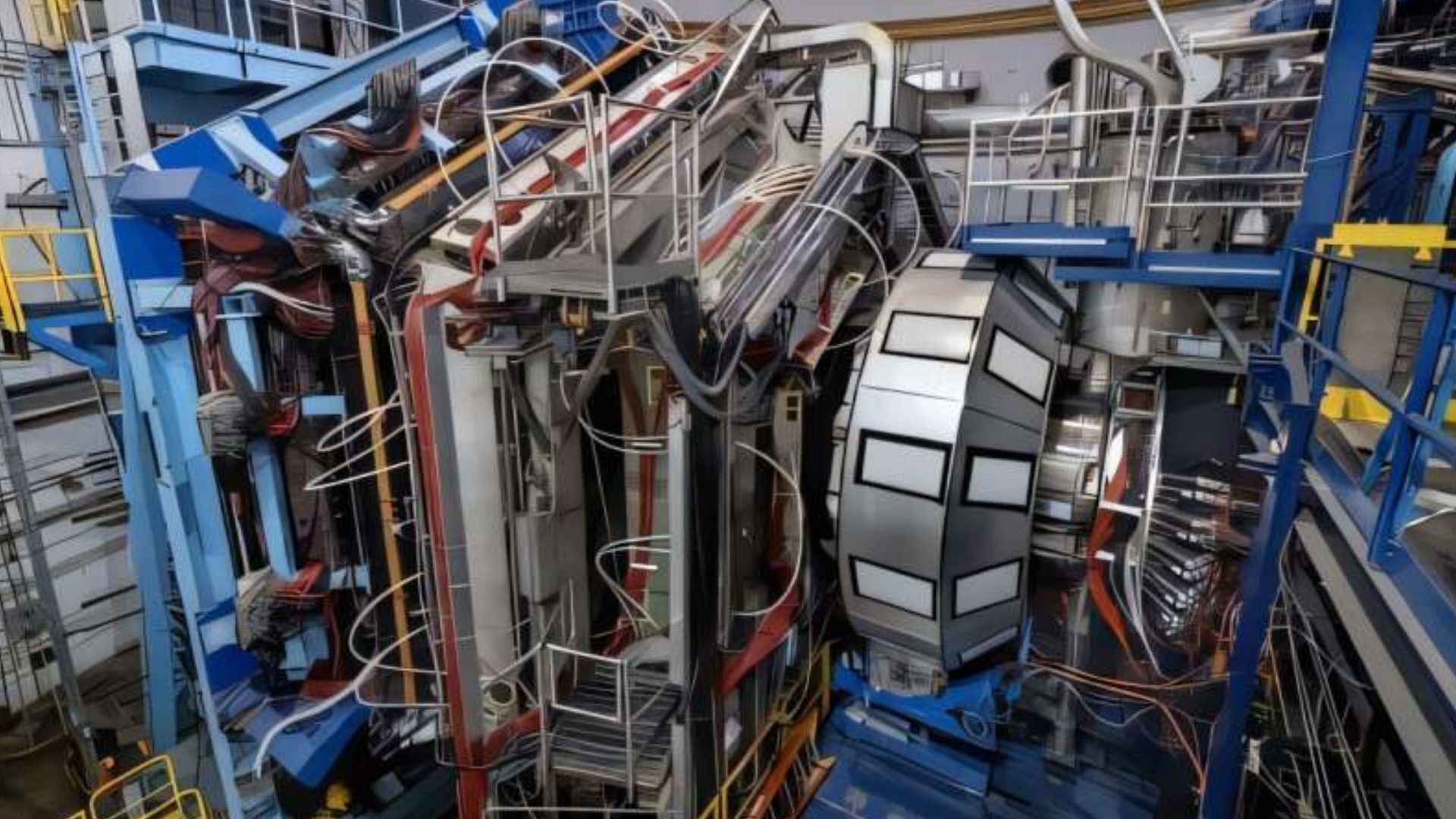Proton's unexpected behavior challenges decades of excited state theory

Source: interestingengineering
Author: @IntEngineering
Published: 9/14/2025
To read the full content, please visit the original article.
Read original articlePhysicists at the US Department of Energy’s Thomas Jefferson National Accelerator Facility have discovered that protons’ excited states, or resonances, persist at high momentum transfers far beyond previous expectations. Using the CLAS12 spectrometer and an electron beam from the Continuous Electron Beam Accelerator Facility (CEBAF), researchers probed the proton’s internal structure across a broad range of energies, spanning from strongly coupled quark-gluon interactions to the perturbative regime where interactions weaken. Contrary to longstanding assumptions that resonance signals would diminish at high energies, the experiment showed these signatures remain clearly visible throughout the entire resonance region.
This finding challenges decades of theoretical understanding about proton structure and has significant implications for Quantum Chromodynamics (QCD), the theory describing the strong force binding quarks and gluons. The ability of CLAS12 to measure the resonance region comprehensively in a single experiment provides a novel framework to refine QCD predictions and deepen insight into how quarks and gluons form matter. Led by Valerii
Tags
energyprotonparticle-physicsCEBAFCLAS12quarksgluons